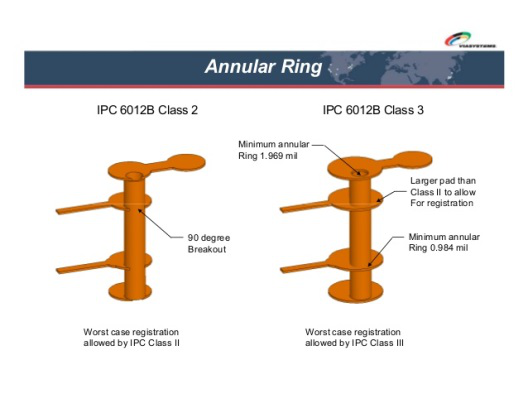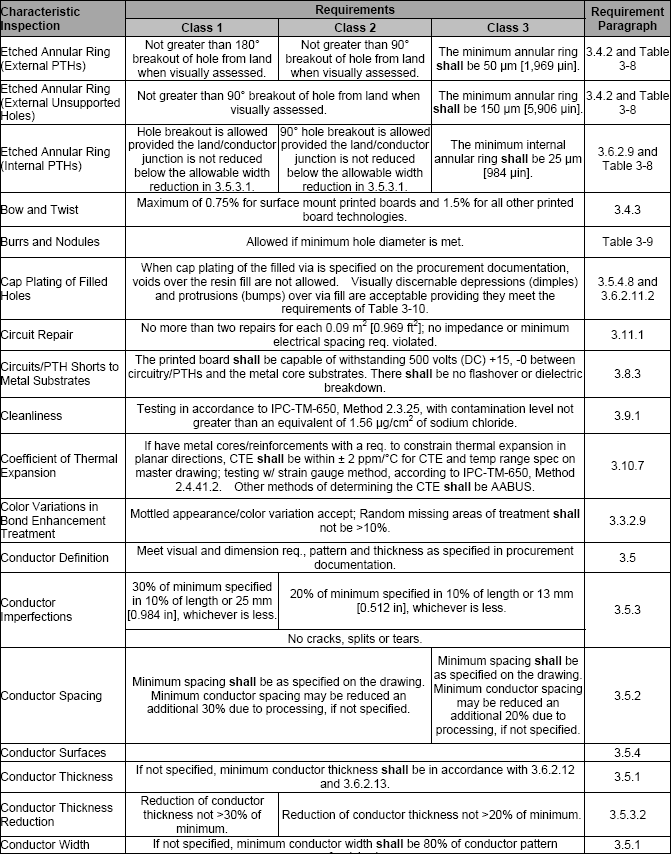Contents
Brief Introduction to PCB Manufacturing
Below is a brief introduction to the different classes:
Class-I
Class-I PCBs are in the “Limited Life Expectancy” group. Or the electronics assemblies. Those are expected to be used in a low-reliability environment.
These PCBs are used in general electronic products, circuits, and gadgets. Such as where the function of the product is sufficient to accept it.
An LED light, flashlight, TV remote, etc. They are examples of Class-I PCBs.

Class-II
Class-II PCBs are in the “reliability products category.” However, reliability is not considered critical. These types of PCBs are used in dedicated products, such as personal computers, laptops, tablets, smartphones, etc.
Class-III
Class-III PCBs are highly reliable products. It does not compromise over reliable operation of the product.
Examples are electro-medical equipment, military equipment, electronic monitoring parts of automotive, etc.
Class-III/A
This is another type of PCB for which the manufacturing and inspection criteria are the strictest. Their main applications are aerospace, military airborne systems, and missile systems.
IPC PCB Manufacturing standard
These classes define the level of inspection. As well as acceptance of the user. In general, all PCBs’ manufacturing requirements are approximately the same.
But require tighter tolerances for inspection. That eventually results in enhanced product reliability.
The parameters are controlled throughout the manufacturing process and final review.
The faults occur in any of the produced items. They ensured traceability, and if noticed, PCB may be destroyed.
This practice makes sure that all of the PCBs are ‘fault-free. And comply with the tolerances specified by the respective class.
Generally, any manufacturer can claim that he makes class II or III PCBs. However, the coupons and the certificates provided for each PCB are verified.
Another third-party laboratory confirmed them. So, that certifies the reality of the claimed class.
Because manufacturing qualifies and certifies each PCB’s manufacturing is the manufacturer’s sole responsibility.
So it is upon the manufacturer. He does manage to qualify each PCB for the respective class; either he makes more than the requested PCBs or destroys the unqualified PCBs.
Or makes every product by controlling the features to its maximum and class category.

Fig. 1:- Class-II vs. Class-III PCBs

Fig. 2:- PCB inspection stage for class-II,class-III

Fig. 3:- A comparison and list of IPC Manufacturing standard manufactured PCBs. Inspection parameters





